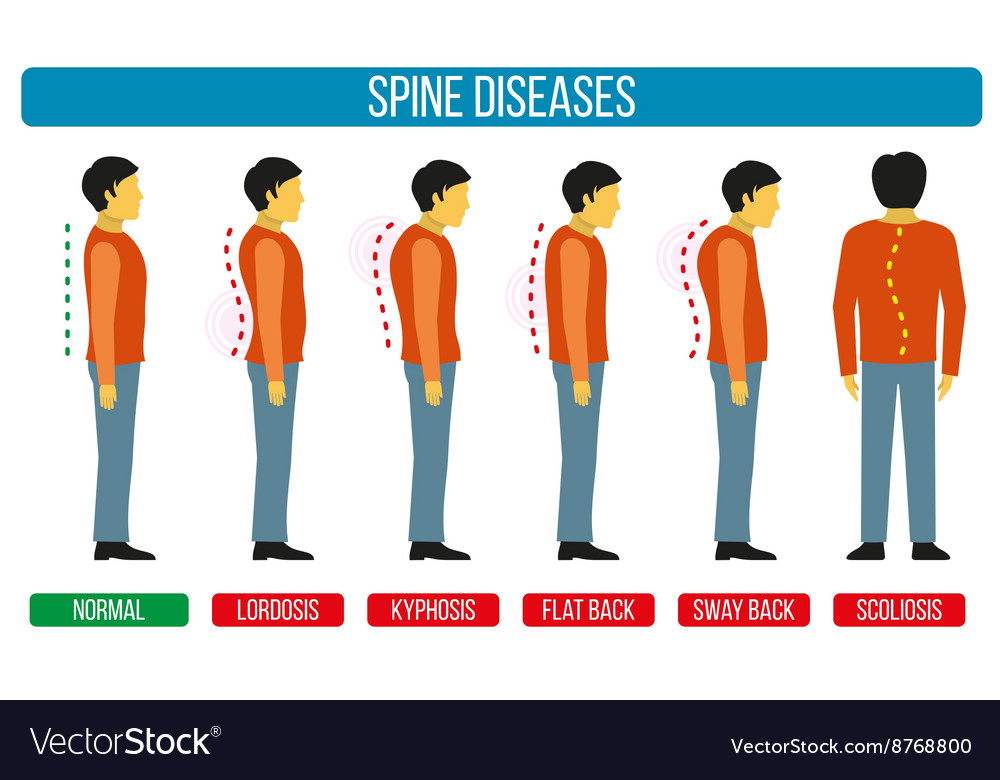Designing An Ergonomic Office To Fight Neck Discomfort: A Step-By-Step Approach
Designing An Ergonomic Office To Fight Neck Discomfort: A Step-By-Step Approach
Blog Article
Writer-Vestergaard Hopkins
To avoid neck pain at your workstation, guaranteeing your arrangement is ergonomically sound is important. Picture an office where each aspect is tailored to sustain your body's placement and decrease stress. By complying with a couple of basic steps, you can transform your workdesk area right into a haven of convenience and performance. But how precisely can you achieve this harmonious balance between job and well-being? Let's explore the necessary pointers to create an ergonomic office that will certainly keep neck pain away.
Assess Your Current Arrangement
Wondering if your existing workspace is contributing to your neck discomfort? Take a minute to examine your arrangement. Beginning by taking a look at your computer system display. Is your domain name at eye degree, or do you find yourself constantly searching for or down? Readjust the screen to make sure that your stare is normally in accordance with the top of the display.
Next off, consider your chair. Are you slouching or stooping over while you work? Your chair should sustain your reduced back and promote good pose. Adjust the elevation to make sure that your feet are flat on the floor and your knees go to a 90-degree angle.
Take note of the position of your key-board and mouse. Are they within easy reach, or are you frequently reaching and straining your arms and shoulders? Maintain these tools close to your body to lessen unnecessary movements.
Last but not least, consider your lighting. Is it also intense or also dim? Correct lighting can lower eye pressure and alleviate tension in your neck. Make these little adjustments to produce a much more ergonomic work area and aid alleviate your neck discomfort.
Adjust Your Chair and Desk
To produce a more ergonomic workspace and decrease neck discomfort, making certain appropriate modification of your chair and workdesk is crucial. Start by adjusting your chair to ensure that your feet rest flat on the floor, knees go to a 90-degree angle, and your lower back is supported by the chair's lumbar assistance. Your desk ought to be at arm joint elevation to keep correct arm setting and lower stress on your neck and shoulders. Make certain there's enough space under the desk for your legs to move conveniently.
When readjusting your workdesk height, ensure your wrists remain straight while inputting and utilizing the mouse. Your monitor must go to eye degree, about an arm's size away, to stop you from stressing your neck by overlooking or up. Maintain your key-board and mouse close to stay clear of overreaching, which can cause shoulder and neck discomfort.
https://clinic-chiropractic73940.jaiblogs.com/56262770/an-introductory-overview-of-chiropractic-adjustments-anticipations-and-mechanisms-of-action in mind to take breaks and stretch occasionally to stop stiffness and advertise flow. By effectively adjusting your chair and desk, you can create an office that sustains great posture and decreases the risk of neck discomfort.
Placement Your Display and Keyboard
For optimum functional designs and to minimize neck pressure, correct positioning of your monitor and key-board is crucial in your workspace arrangement. Begin by putting your monitor straight before you at arm's length away, making sure the top of the screen is at or somewhat below eye level. This helps in reducing pressure on your neck by keeping it in a neutral placement.
Position the key-board so that your elbows are bent at a 90-degree angle and your wrists are straight while keying. Your keyboard ought to be put at an elevation that enables your shoulders to remain relaxed and your arms to be alongside the floor. Furthermore, make sure the mouse is put alongside your key-board at the exact same level to prevent getting to or twisting.
Keep in mind to take short breaks to extend and readjust your posture throughout the day, maintaining excellent placement and preventing neck pain. An efficient work area with properly placed display and keyboard can substantially impact your comfort and performance.
Final thought
To conclude, by adhering to these simple actions to develop an ergonomic work space, you can substantially minimize neck discomfort and discomfort. Remember to analyze your existing configuration, adjust your chair and desk, and place your screen and keyboard effectively. By taking these proactive actions, you can enhance your total convenience and productivity while functioning.
